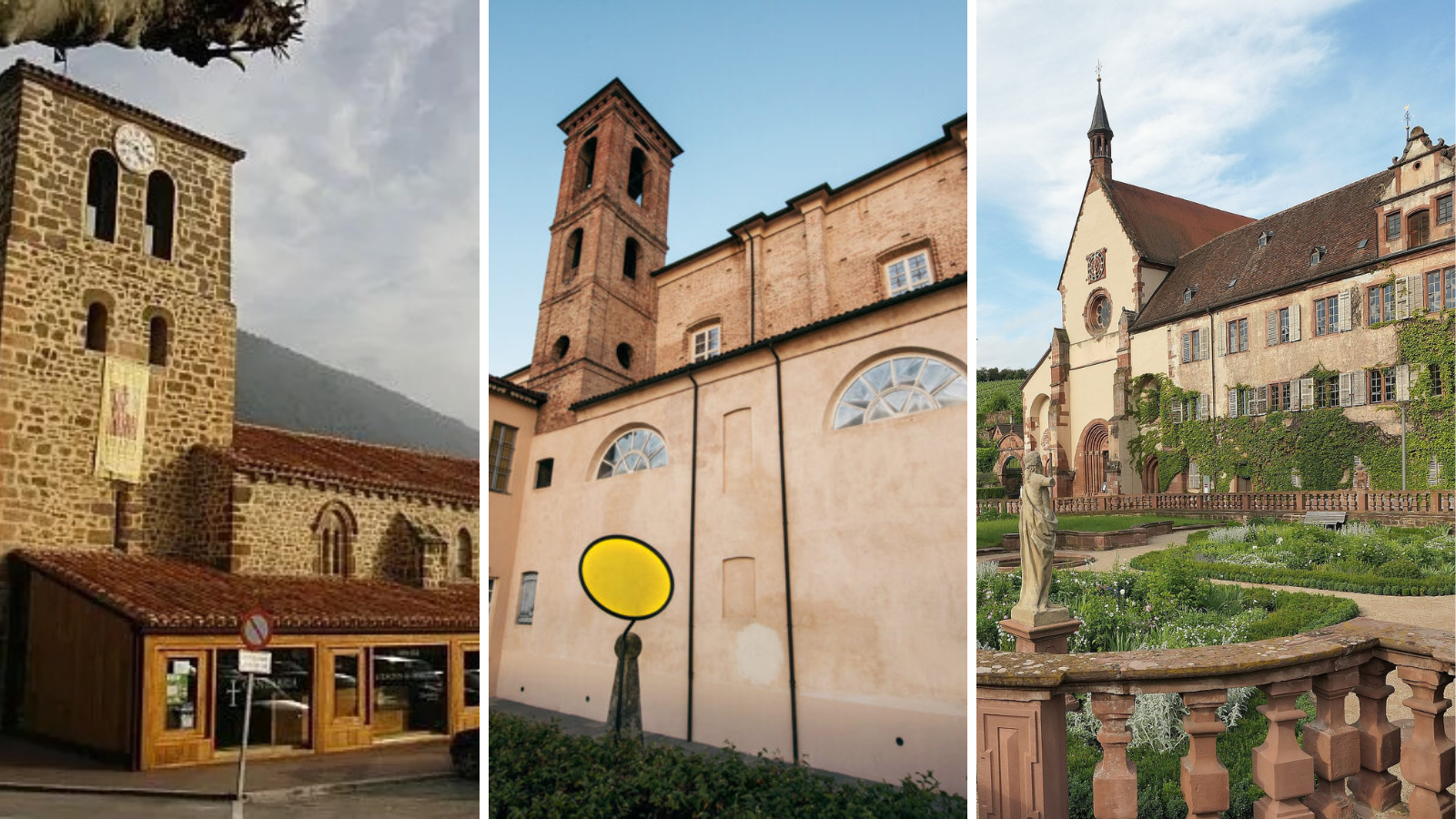
Religious buildings can be lively places to enjoy culture, even after the end of the activity for which they were built. One of the most common purposes for reused religious buildings is to serve as a cultural centre, museum, theatre or exhibition hall. The FRH network is full of examples like this. Discover them here:
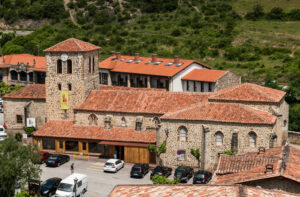 Centro de Estudios Lebaniegos (Spain)
Centro de Estudios Lebaniegos (Spain)
This cultural centre is located in the 14th-century church of San Vicente Mártir, an important enclave on the St James Way pilgrimage trail that crosses the north of Spain. For many centuries, this church housed the Lignum Crucis, the largest piece of the cross of Jesus Christ (today it is in the Monastery of Santo Toribio de Liébana).
The church consists of a single nave with a main chapel covered with ribbed vaults, very characteristic of the gothic style. In the 16th century, the bell tower was added in a Renaissance style.
Nowadays the Lebaniego Centre for Studies includes the pilgrim information office (the North and Lebaniego Ways pass through here), a New Technologies Classroom offering training courses to bridge the digital divide, and an exhibition hall that hosts temporary exhibits.
More information here.
Spazio Kor (Italy)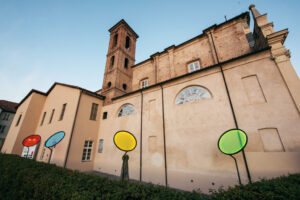
The Cultural Space Spazio KOR is located inside the former church of Saint Joseph (Chiesa di San Giuseppe) in Asti, Italy. The project to transform the building into a cultural venue started in 2016 when the Municipality of Asti opened a call to find reuse proposals. The church had no religious use since 1802.
The winning proposal was Spazio Kor, an innovative and experimental space for theatrical research and expression. The theatre has 150 seats, an 8×10 m stage, dressing rooms, a foyer where small art installations can be presented and a green area at the entrance.
The space is also home to an exhibition, “La Macchina delle Illusioni”, that introduces visitors to the basics of scenography, set, lighting and other technical aspects of a theatre.
With an average of 6,000 visitors a year, the church is more alive than ever.
More information here.
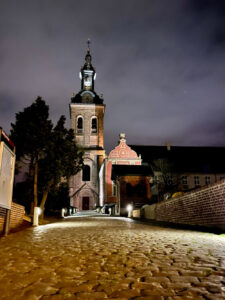 PARCUM (Belgium)
PARCUM (Belgium)
PARCUM is a museum and centre of expertise in culture and religious heritage in Leuven, Belgium. This heritage organisation operates a museum in Park Abbey (Abdij van Park) a 12th-century complex once home to the order of the Premonstratensians. The abbey was built by the duke of Brabant in 1.100 in his hunting grounds. He later donated it to the religious congregation.
The permanent exhibition “The heart of the Abbey” offers visitors a journey through the history of the abbey and the most important masterpieces of its art collection. The abbey’s library has over 6,000 books and a well-preserved archive. The museum hosts temporary exhibitions addressing religion, art and culture.
Among the latest projects developed by PARCUM there are “Chapels in Flanders”, an inventory of small chapels spread throughout the region of Flanders; a knowledge network on religious textiles; and “Ora et Labora”, a project to map out craftmanships in monasteries and abbeys.
More information here.
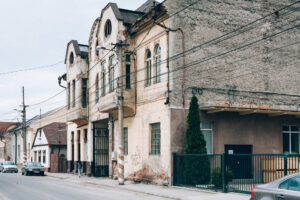
Kahana in Sighet ©Fundatia Tarbut Sighet
Tarbut Sighet Foundation (Romania). Named after an important local Jewish family, the Kahana Court was a major centre of the Sighet’s Jewish life, housing a school, shops and cultural encounters in northern Romania. This historic building is today the headquarters of the Jewish organisation Tarbut Sighet Foundation, dedicated to preserving the Jewish heritage of the region.
Its main actions include various educational programmes for local students, the restoration of Jewish monuments and the protection of local heritage.
More information here.
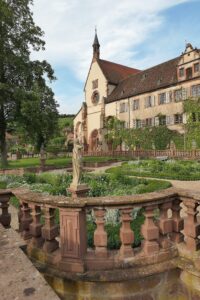 Kloster Bronnbach (Germany)
Kloster Bronnbach (Germany)
The former Cistercian abbey of Bronnbach, dating back to the 12th century, is situated in the Tauber valley, near the German town of Wertheim. The abbey operated today as an important centre for culture preserving the history of the abbey and its legacy.
The complex includes a cloister with several halls for exhibitions and events, the hall garden and the abbey garden, an orangery (that serves today as a restaurant), the Hotel Kloster Bronnbach and the former brewery, bakery and mill. One of the most precious buildings of the abbey is the 12th-century church dedicated to Mary, the Mother of God.
From very early on, winemaking was an integral part of the life of the Cistercian monasteries. Today, tastings of different wines from the region are offered in the old wine cellar. The Bronnbach Abbey organizes several events and thematic tours throughout the year.
More information here.





Follow us: